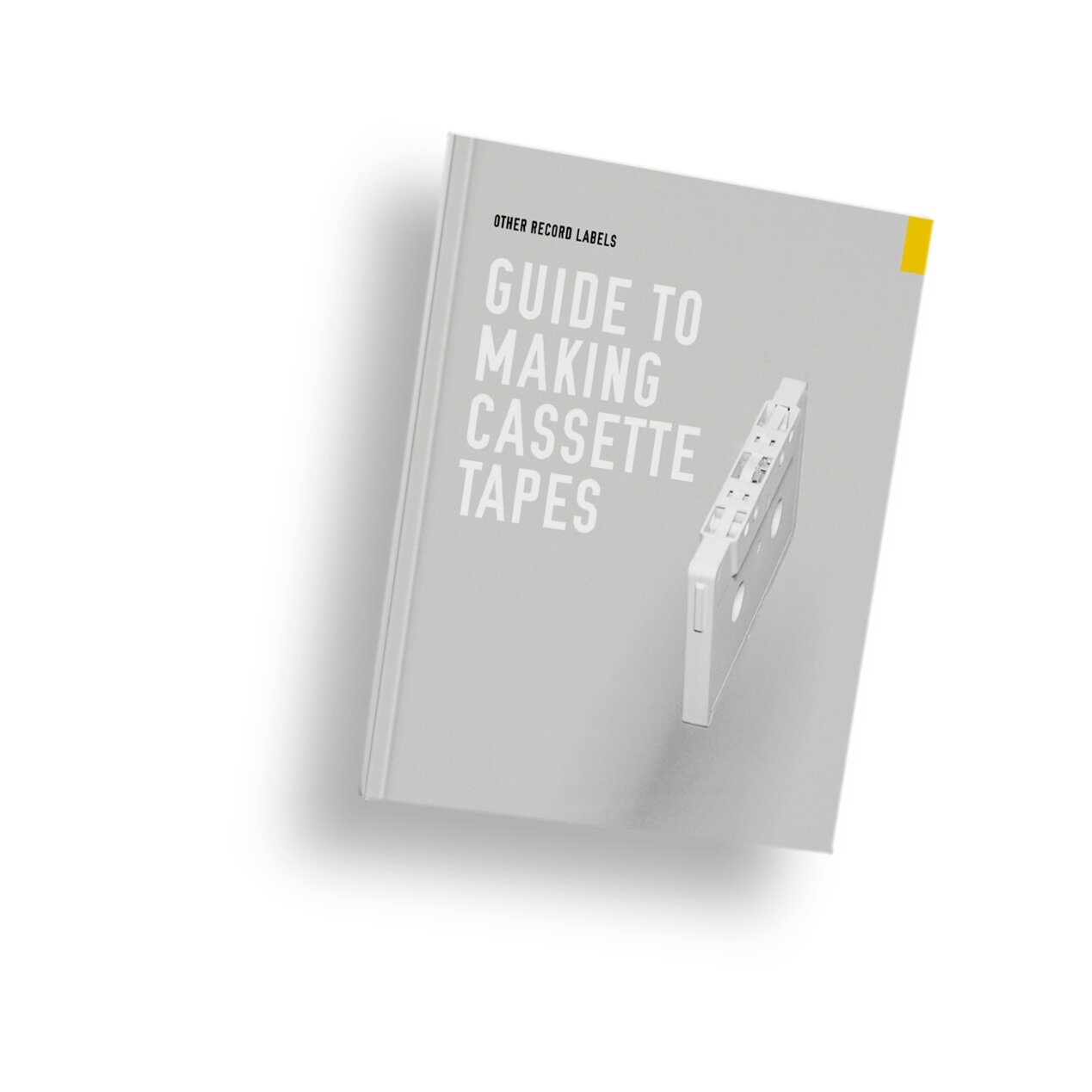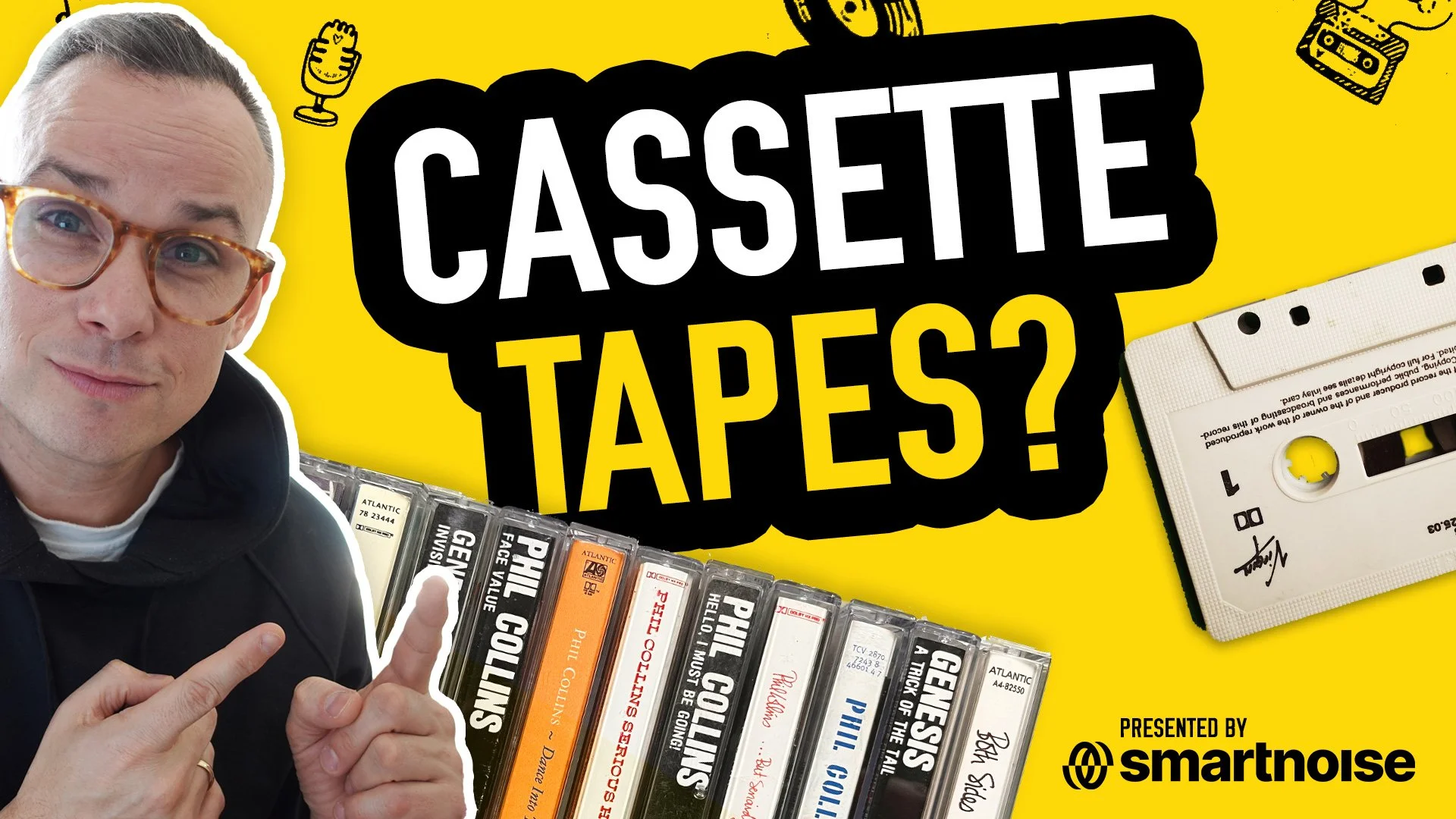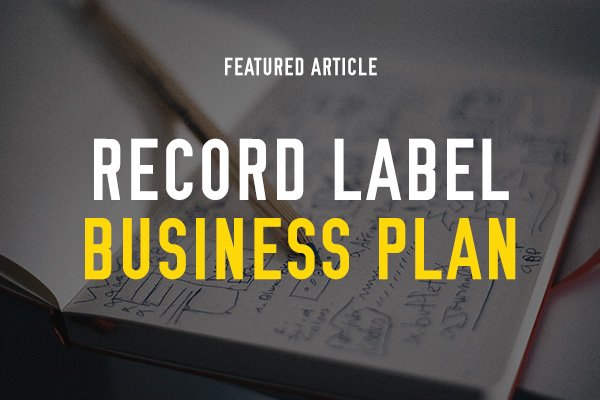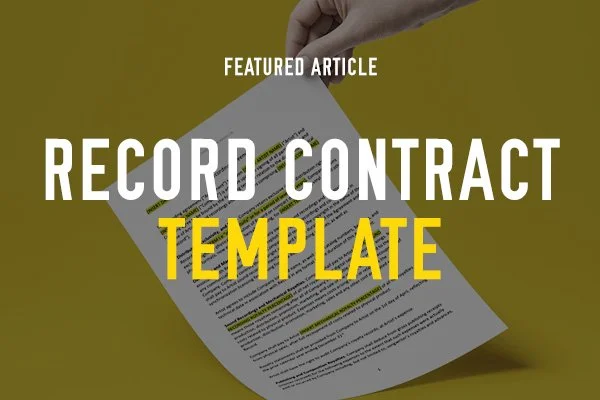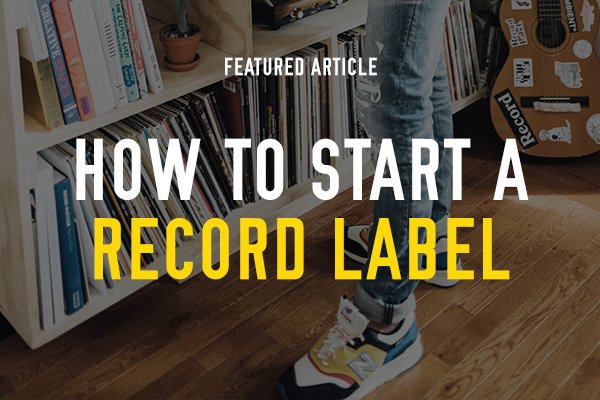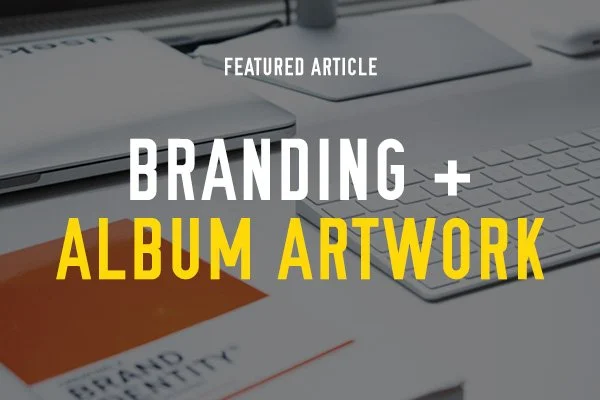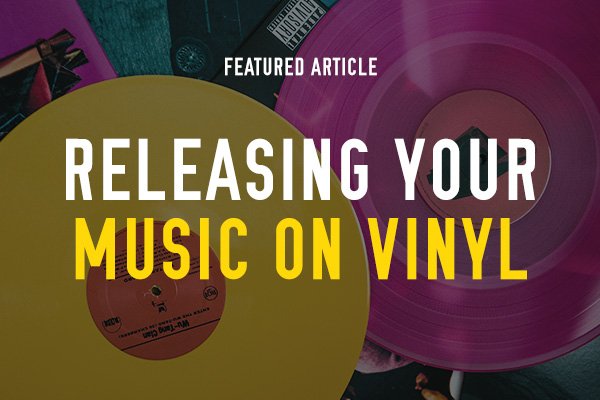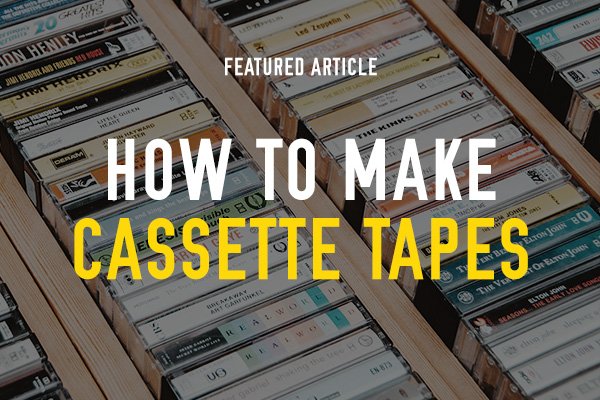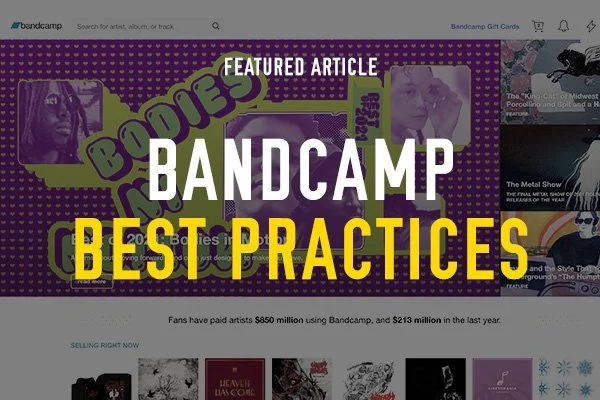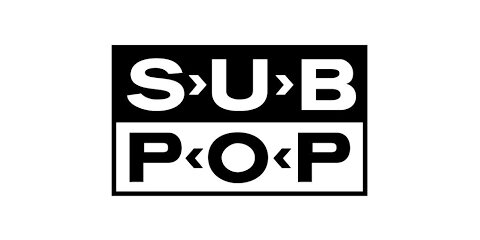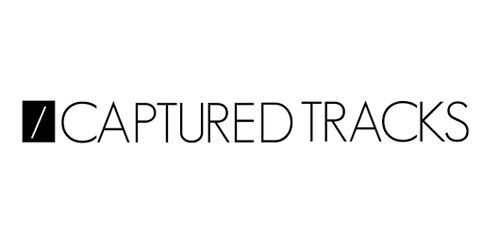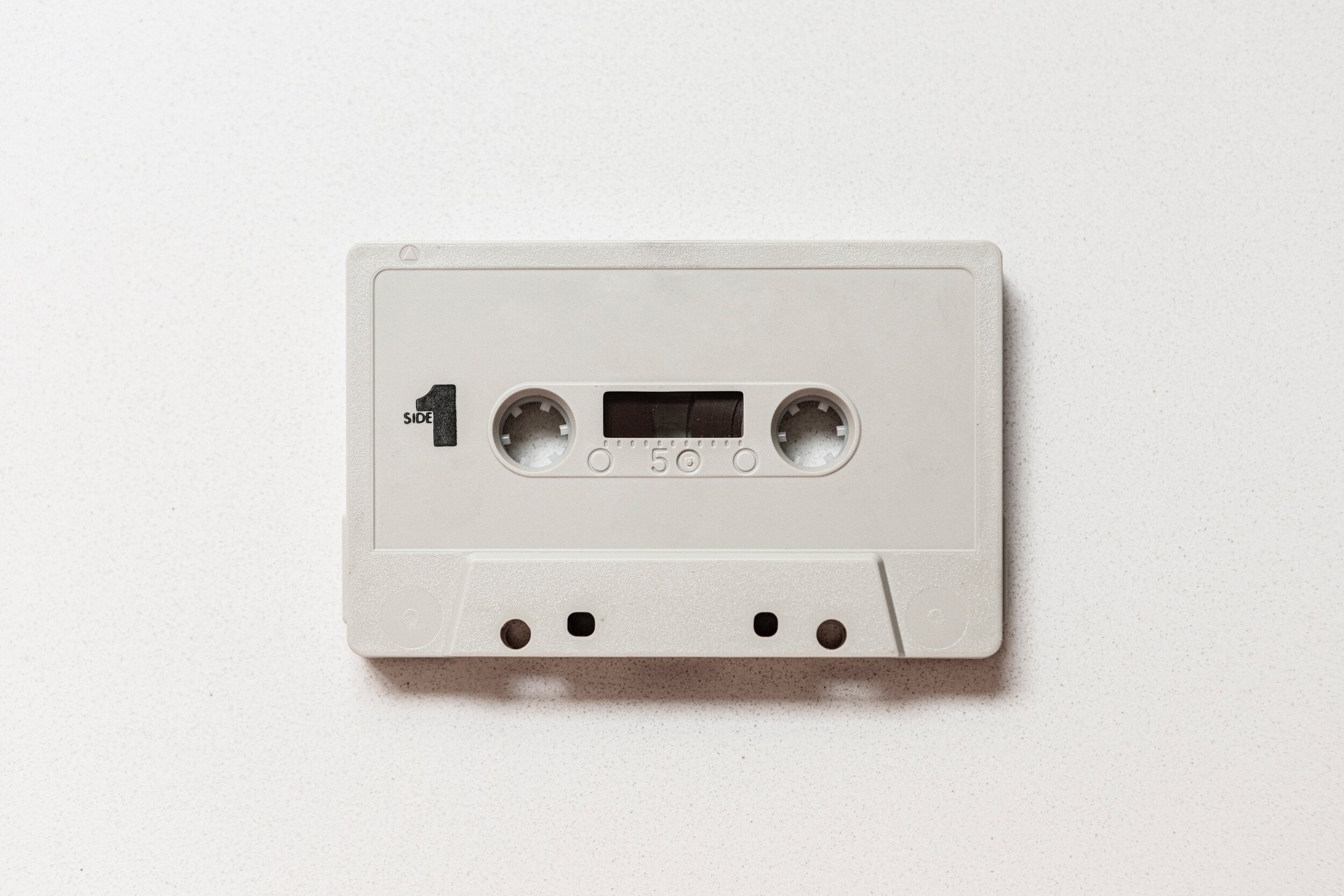
How to make Cassette Tapes.
A free tool to help DIY artists and independent record labels produce and release great tapes!
Here’s 3 things to keep in mind when manufacturing cassette tapes…
Give yourself time!
Manufacturing any type of physical music requires a generous amount of lead time. Start planning your design and your packaging as early as the recording stage. Talk to your sales rep and ask what their current production times are so that you know what to expect. Add a week or two on top of their estimate, just to be safe!
Make both sides equal length.
Don’t forget that you can’t make one side of your tape longer or shorter than the other! You can rearrange the track-listing or add a b-side to the end of the album in order to ensure that there isn’t any dead space at the end of one side!
Make them your own!
You can get them professionally manufactured, or you can do them in-house like a lot of tape labels do. Either way, add something that makes them unique to your record label. Include free stickers, or a hand-written note inside the plastic case. Use an O-Card instead of the traditional clear case, or have a creative design stamped on the entire front of the cassette.
Free Photoshop Cassette Mockup
Download our free resource for record labels and diy musicians. A comprehensive, free-use, cassette tape mockup template!
The Pros and Cons of Cassette Tapes for Indie Artists and Record Labels
In the world of indie music, physical formats like vinyl and CDs have always been a staple for labels and artists alike. But in recent years, another medium has made a quiet but steady comeback: cassette tapes. While once thought to be an outdated relic of the 80s, cassettes are being embraced by a new generation of musicians and collectors. So, what makes cassette tapes a worthwhile consideration for indie artists and labels? Let’s break down the pros and cons of making, selling, collecting, and listening to cassette tapes.
The Pros of Cassette Tapes
1. Lower Barrier to Entry for Labels
One of the most appealing aspects of cassette tapes for indie labels is the low cost and ease of production. Unlike vinyl, which can require large minimum orders and costly manufacturing, cassette runs can be done in smaller quantities, making it an affordable option for those just starting out. Manufacturing costs are typically lower, and the compact size of cassettes also makes them cheaper to ship. This makes tapes an ideal format for indie labels looking to put out physical releases without breaking the bank.
2. Cassettes Provide a Creative Canvas
Cassettes offer artists and labels a creative playground. From homemade, DIY-style packaging to the ability to customize J-cards (the paper inserts that come with tapes), there’s a wide range of ways to make your cassette release stand out. Whether it's minimalist designs or fully illustrated, colorful cases, the possibilities are endless. The vertical format of cassette covers also allows for unique artistic layouts that you can’t get with the square format of vinyl or digital album artwork.
3. Higher Ceiling for Growth
Cassette tapes were a dominant format for a relatively short period in music history, peaking in the 80s before CDs took over. But with vinyl’s renaissance, there’s reason to believe that cassettes might be next in line for a larger resurgence. Many fans appreciate the tactile experience that tapes provide, offering a physical connection to music in a time when streaming dominates. As more artists experiment with tapes, they could see a new wave of popularity.
4. Physical Media Rules
In a world of digital streaming, there’s still something special about owning a physical copy of your favorite album. With cassette tapes, the process of flipping the tape over to switch sides creates a more intimate listening experience. Fans can enjoy the tactile nature of tapes, connecting with the music in a way that streaming services simply can’t replicate. For indie labels, this offers a chance to provide fans with a tangible connection to their music.
5. Cassettes Are Genreless
Though often associated with lofi music, punk, or experimental genres, cassettes are becoming increasingly genre-agnostic. High-profile artists like Taylor Swift and Billie Eilish have embraced tapes for their album releases, helping to break down genre barriers and broaden the appeal of the format. As more mainstream acts adopt cassettes, the format is evolving beyond its niche associations.
The Cons of Cassette Tapes
1. Smaller Margins
One of the major challenges of producing cassette tapes is the potential for smaller profit margins. While cassette manufacturing costs are generally lower than vinyl, the price point for consumers can be tricky. Most fans expect tapes to be priced under $10, but with manufacturing costs ranging between $4 to $8 per tape, it leaves little room for a profit unless you’re producing at higher volumes. While major labels can charge $20-$30 for a tape, that’s often unrealistic for indie labels.
2. Few Tape Players in Circulation
Another downside is the scarcity of cassette players. While companies like We Are Rewind are creating new players, they’re still not as widespread or easy to find as turntables. Unlike vinyl, which has a wealth of entry-level options like Crosley players, cassette tapes don’t have a comparable budget option for casual listeners. For those who don’t already own a tape deck, this can be a significant barrier to buying cassette releases.
3. Both Sides Have to Be the Same Length
Tapes offer a creative challenge for artists, as the album must be split into two sides. Typically, a 40-minute cassette contains 20 minutes per side, meaning the tracklist has to be carefully arranged to ensure each side is balanced. If the album doesn’t fit neatly, you may end up with silence at the end of one side, or be forced to shuffle songs or add bonus tracks. While this can be fun for some, it’s a limitation that artists need to work around.
4. Retail Struggles
Unlike vinyl, which has widespread support from retailers and indie stores alike, cassettes don’t have the same visibility in the retail space. Big players like Amazon and Target don’t typically stock cassettes, and even in independent record stores, cassette displays are often an afterthought. This lack of retail support makes it harder to promote cassettes and normalize them as a format, limiting their market reach.
5. Not Popular Yet
Despite the growing interest in cassettes, they haven’t yet achieved the mainstream popularity that vinyl has enjoyed in recent years. Many fans still view cassettes as a nostalgic gimmick rather than a serious format for music listening. Additionally, concerns over audio quality—especially with old tapes that haven’t aged well—can be a turn-off for some listeners, even if modern tapes are much improved.
Tips for record labels and artists who want to make cassette tapes…
Let’s go a bit deeper on somethings to keep in mind if you want to manufacture and release cassette tapes for your independent record label!
How to Make Cassettes FAQs
How long do they take to produce?
Currently, manufacturing plants are operating at about 4-6 weeks from when they receive the artwork, payment, and audio files. Make sure you talk to your sales rep ahead of time. Check out Duplication.ca they are a great company I’ve worked with many times.
Do the side lengths need to be equal?
It is ideal if both side A and side B have relatively the same amount of music, it’s a better experience for the listener. If your tracklisting doesn’t line-up perfectly, silence is okay, or you can add a b-side to the shorter side.
Should I manufacture them or make them myself?
My friends at Totally Real Records and Painted Blonde do a great job at making them at home. But professionally made tapes are also really cool and a require less time, but more money.
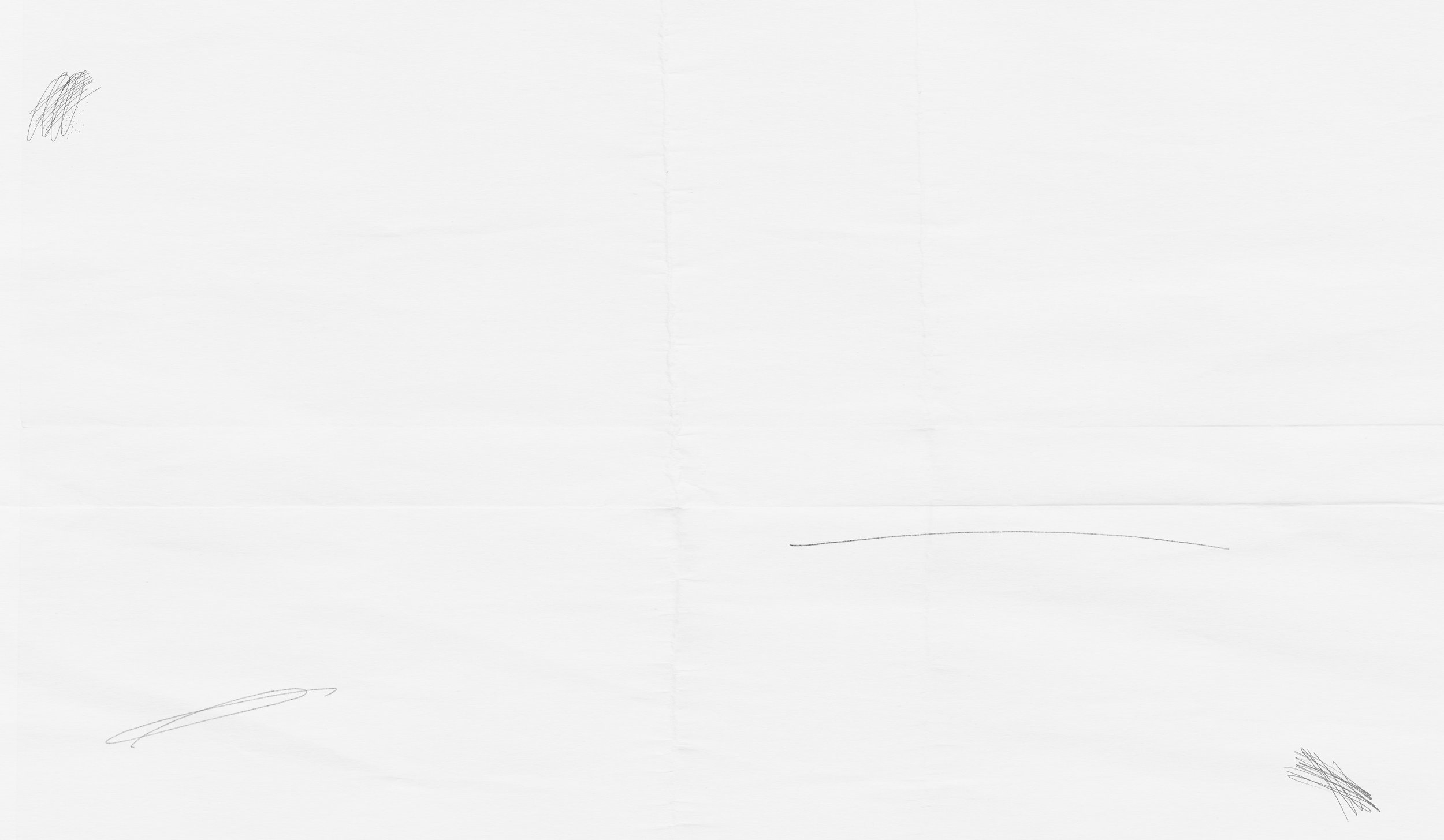
Helpful Articles for Record Labels

RECORD LABEL
ACADEMY
The Complete A to Z of Building and Growing an Independent Record Label.


RECORD LABEL
ACADEMY
Instant Lifetime Access to all our courses, books, and templates!
-
How to Start a Record Label (Online Course)
Record Label Marketing Strategies (Online Course)
Record Label Decision Tool (Online Course)
Profitable Record Label (Online Course)
All 10 Micro Courses
All 8 Micro eBooks
How to Start a Record Label (eBook)
Record Label Marketing Strategies (eBook)
Tons of bonus templates and extra resources
BEST VALUE
*
BEST VALUE *
RECORD LABEL
ACADEMY
Instant Lifetime Access to all our courses, books, and templates!
-
How to Start a Record Label (Online Course)
Record Label Marketing Strategies (Online Course)
Record Label Decision Tool (Online Course)
Profitable Record Label (Online Course)
All 10 Micro Courses
All 8 Micro eBooks
How to Start a Record Label (eBook)
Record Label Marketing Strategies (eBook)
Tons of bonus templates and extra resources
Other Record Labels Podcast
Featuring interviews with…
